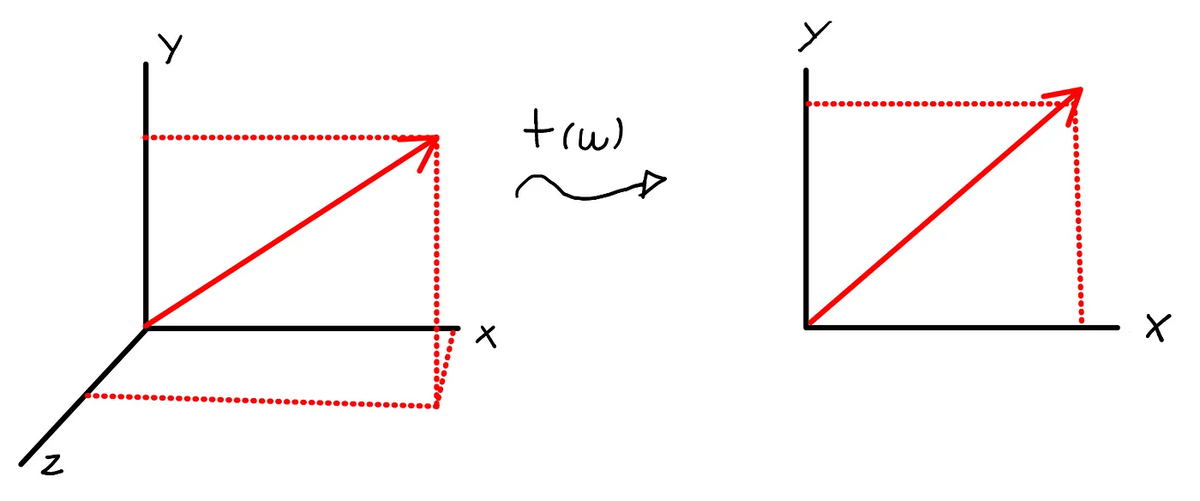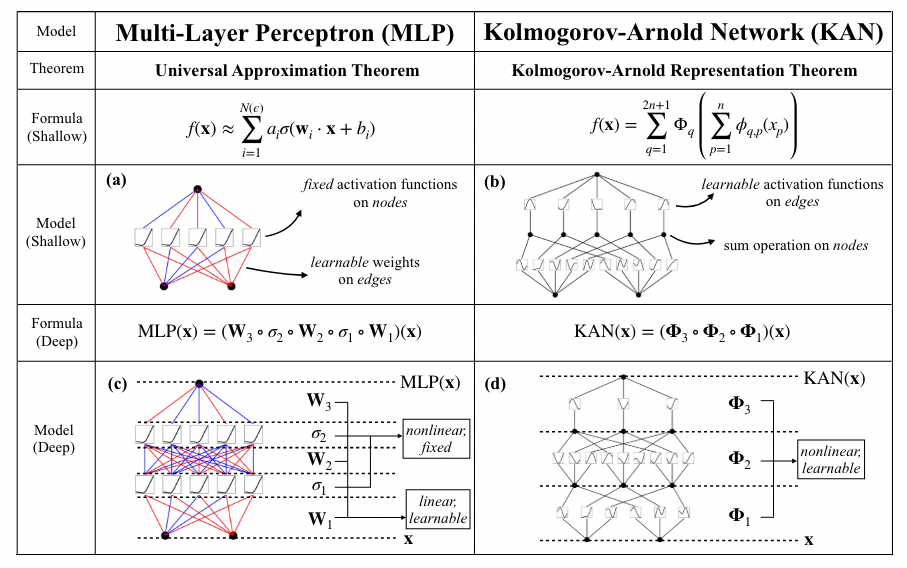Al-Battani: Astronomy and Trigonometry
Chronicles of Computation — The Early Mechanisms
Born in 858 CE in the region of modern-day Turkey, Al-Battani, also known as Albategnius, was a renowned Arab astronomer, astrologer, and mathematician. His life was marked by the pursuit of knowledge, a trait that was common in the Islamic Golden Age, a period characterized by significant advancements in science, technology, and culture.
Al-Battani’s most significant work, “Kitab az-Zij” (“Book of Astronomical Tables”), written around 900 CE, was a comprehensive treatise on astronomy and trigonometry. This book, which was based on Ptolemy’s “Almagest”, was not merely a translation but an original work that included a range of new observations, corrections, and innovations. It was one of the most influential books in astronomy and trigonometry during the Middle Ages, and it was widely used in both the Islamic world and Europe.
One of Al-Battani’s most notable contributions was his work on trigonometry. He was the first to replace the use of Greek chords with the sine, a fundamental concept in trigonometry. This change simplified calculations and laid the groundwork for further developments in trigonometry and astronomy.
In trigonometry, sine (often abbreviated as sin) and cosine (abbreviated as cos) are fundamental functions that relate the angles of a right triangle to the lengths of its sides. They are defined as follows:
1. Sine (sin): In a right triangle, the sine of an angle is the length of the opposite side divided by the length of the hypotenuse. The hypotenuse is the longest side of the triangle, and it’s opposite the right angle. The opposite side is the side that is directly across from the angle in question.
2. Cosine (cos): In a right triangle, the cosine of an angle is the length of the adjacent side divided by the length of the hypotenuse. The adjacent side is the side that is next to the angle in question and is not the hypotenuse.
These functions are fundamental in many areas of mathematics, physics, engineering, and many other fields. They are used to describe periodic phenomena like sound and light waves, to solve problems in geometry and calculus, and to analyze physical phenomena like pendulum motion.
In the context of a unit circle (a circle with a radius of 1), the sine and cosine of an angle can also be interpreted as the y and x coordinates, respectively, of a point on the circle corresponding to that angle. This interpretation is very useful in many applications, including computer graphics and signal processing.
Al-Battani also made significant improvements to the existing Arabic translations of Greek mathematical and astronomical works. His corrections and refinements of these translations helped to preserve and enhance the knowledge of the ancient Greeks, making it more accessible to scholars in the Islamic world and later in Europe.
In addition to his work on trigonometry, Al-Battani made numerous contributions to astronomy. He made accurate observations of the solar year, which he found to be 365 days, 5 hours, 46 minutes, and 24 seconds, an estimate very close to the modern value. He also accurately determined the Earth’s axial tilt and the precession of the equinoxes.
Al-Battani’s work had a profound impact on the scientific world. His book “Kitab az-Zij” was translated into Latin in the 12th century and was used as a standard astronomy textbook in European universities for several centuries. His work influenced many later scientists, including the famous astronomer Copernicus.
Now, let’s look at a Python code example that demonstrates the use of sine and cosine:
import math
# Define a list of angles in degrees
angles_degrees = list(range(0, 361, 15))
# Initialize lists to store the sine and cosine values
sine_values = []
cosine_values = []
# Loop over the angles
for angle in angles_degrees:
# Convert the angle to radians
angle_radians = math.radians(angle)
# Calculate the sine and cosine of the angle
sine_value = math.sin(angle_radians)
cosine_value = math.cos(angle_radians)
# Append values to their respective lists
sine_values.append(sine_value)
cosine_values.append(cosine_value)
# Print the angles and their sine and cosine values
for angle, sine_value, cosine_value in zip(
angles_degrees, sine_values, cosine_values):
print(f"The sine of {angle:>3} degrees is {sine_value:5.2f}"
f" and the cosine is {cosine_value:5.2f}")This code first creates a list of angles from 0 to 360 degrees in increments of 15 degrees. It then calculates the sine and cosine of each angle and stores these values in two separate lists. Finally, it prints out the angles and their corresponding sine and cosine values.
Save the previous file as trigonometry.py and run it using Python. The output is:
The sine of 0 degrees is 0.00 and the cosine is 1.00
The sine of 15 degrees is 0.26 and the cosine is 0.97
The sine of 30 degrees is 0.50 and the cosine is 0.87
The sine of 45 degrees is 0.71 and the cosine is 0.71
The sine of 60 degrees is 0.87 and the cosine is 0.50
The sine of 75 degrees is 0.97 and the cosine is 0.26
The sine of 90 degrees is 1.00 and the cosine is 0.00
...
The sine of 330 degrees is -0.50 and the cosine is 0.87
The sine of 345 degrees is -0.26 and the cosine is 0.97
The sine of 360 degrees is -0.00 and the cosine is 1.00This simple example illustrates how sine and cosine complement each other, and more generally how to use trigonometry, a concept that was greatly advanced by Al-Battani’s work.
This story is part of the Chronicles of Computation book. The next section is Napier’s Bones and the Birth of Logarithms.






